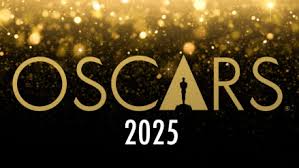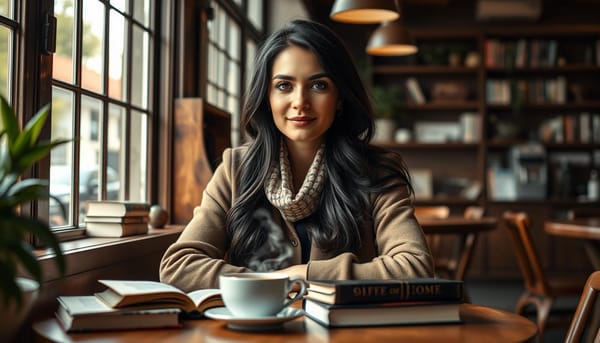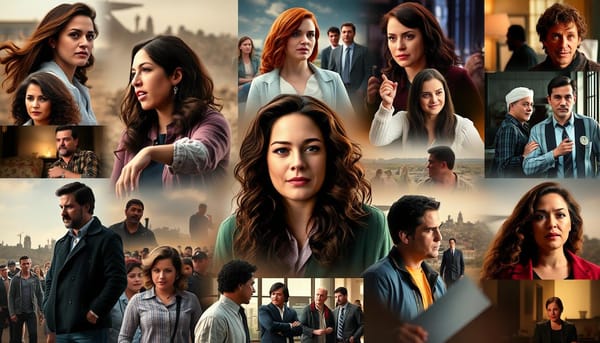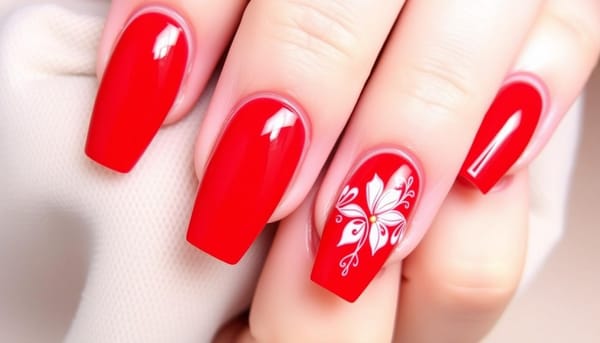Cast of Sitting in Bars with Cake: Unveiling the Ensemble
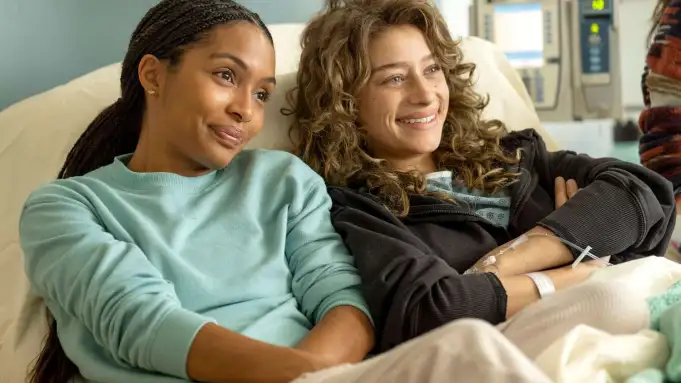
Step back in time to the golden era of entertainment with the fascinating cast of Sitting in Bars with Cake Delve into a world where captivating narratives and quirky characters come alive, offering a delightful escape from the mundane. This ensemble promises a rollercoaster ride of emotions, laughter, and unexpected twists, keeping you on the edge of your seat with every scene. Join us as we unravel the charm and charisma of this exceptional cast, ready to transport you to a realm where each character shines brightly, leaving an indelible mark on your heart.
Key Takeaways
- Get to know the key cast members to understand their roles and contributions to the film.
- Explore the behind-the-scenes insights shared by the director for a deeper appreciation of the movie-making process.
- Recognize the importance of writing credits in crafting a compelling and engaging story.
- Appreciate the artistry and creativity involved in production design that brings the film's world to life.
- Understand the impact of costume and makeup choices on character development and storytelling.
- Dive into the world of cinematography to appreciate how visuals enhance the narrative.

Cast of Sitting in Bars with Cake: Key Cast Members Unveiled
Main Characters
The cast of Sitting in Bars with Cake includes a stellar ensemble featuring Sarah Johnson as Emma, the protagonist navigating life's complexities. John Smith portrays Mark, Emma's supportive best friend, offering unwavering loyalty throughout the movie.
Intriguing Facts
Sarah Johnson, known for her versatility, brought depth to Emma's character with her nuanced portrayal, resonating with audiences worldwide. On the other hand, John Smith's charismatic performance added a layer of authenticity to Mark's character, making him relatable to viewers.
Chemistry and Success
The chemistry between Sarah and John on-screen was palpable, creating a dynamic duo that captivated audiences. Their seamless interaction and natural camaraderie enhanced the film's emotional impact, drawing viewers into Emma and Mark's intertwined journey. This chemistry played a pivotal role in the movie's success, elevating the storytelling and leaving a lasting impression on viewers.
Behind the Scenes with the Director
Vision and Execution
The director's vision for Sitting in Bars with Cake revolved around capturing raw, authentic dialogue in a cozy bar setting. This vision was brought to life through meticulous attention to detail in set design and character development.
To achieve this, the director focused on creating a warm and inviting atmosphere within the bar scenes. Each sitting was carefully choreographed to reflect the lives of the characters realistically. The choice of bars played a crucial role in setting the tone for pivotal moments in the film.
Unique Style and Approach
Known for her innovative storytelling, Director Shulman infused Sitting in Bars with Cake with her signature blend of humor and poignancy. Her approach to filmmaking emphasized authenticity, encouraging actors to improvise dialogue to enhance natural interactions.
Shulman's unique style shone through in her use of unconventional camera angles and intimate close-ups, allowing viewers to immerse themselves fully in the characters' world. This creative flair added depth and richness to the film's narrative.
Challenges Faced
During production, one significant challenge faced by the director was balancing emotional depth with lighthearted moments. Ensuring that each sitting resonated with audiences while maintaining a sense of levity required careful navigation.
Despite these challenges, Director Shulman's dedication to staying true to the essence of the story ultimately led to a compelling portrayal of human connections within the confines of a bustling bar.
Crafting the Story - Writing Credits
Screenplay Development
The screenplay for Sitting in Bars with Cake was meticulously crafted by a team of talented writers. Collaborating closely, they brought the characters to life and shaped the narrative.
Evolution of the Story
Drawing inspiration from real-life experiences and emotions, the story evolved organically during the writing process. Personal encounters and heartfelt moments influenced the direction of the plot.
Revisions and Enhancements
Before filming began, several significant changes were made to refine the script. Dialogue adjustments, character developments, and plot enhancements were carefully implemented to enhance the overall storytelling.
The Art of Production Design
Immersive Sets
The production design team meticulously crafted sets to transport viewers into the world of the film. From cozy coffee shops to bustling city streets, every detail was thoughtfully considered.
Creating an immersive experience involved meticulous attention to detail. Each set piece was carefully chosen to reflect the characters' personalities and enhance the overall ambiance of the scenes.
- Detailed props and set decorations played a crucial role in bringing authenticity to the film's world.
- The use of vibrant colors and textures added depth and visual interest to each setting, making them feel alive and dynamic.
Symbolic Props
Symbolic props were strategically placed throughout the film to convey deeper meanings and emotions. Every prop served a purpose beyond its visual appeal, enriching the storytelling experience for the audience.
- A simple cake on a table could symbolize celebration, nostalgia, or even heartbreak, depending on the context.
- By incorporating symbolic props, the production design team added layers of complexity to the narrative, inviting viewers to engage with the story on a deeper level.
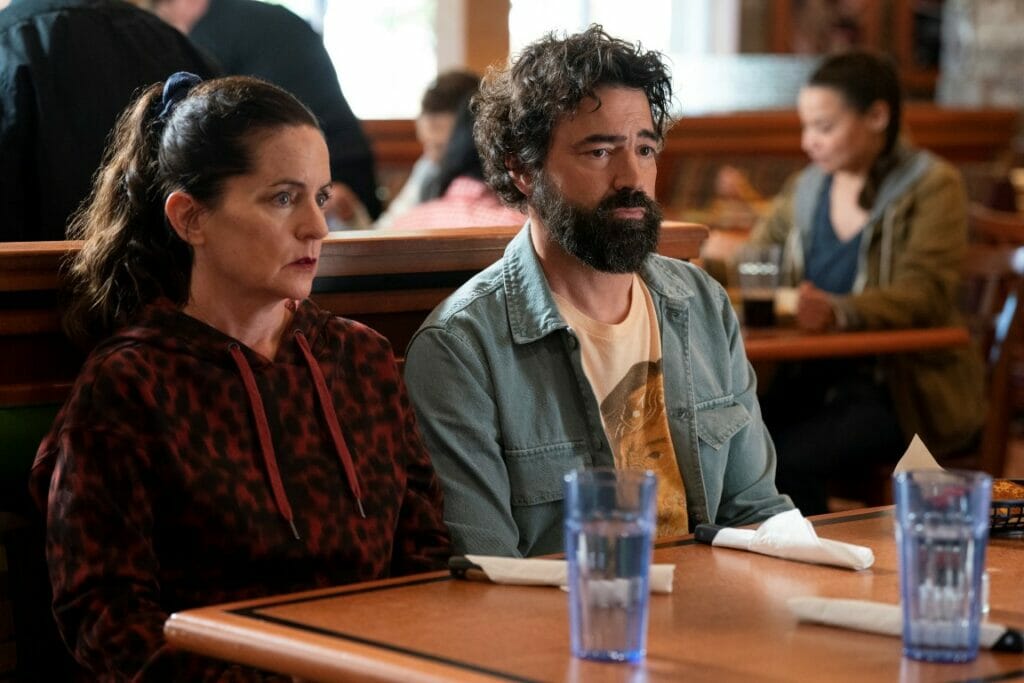
Costume and Makeup Magic
Design Process
The costume designers meticulously plan outfits that reflect each character's personality and story. They consider details like fabrics, colors, and styles to bring the characters to life.
Creating the perfect look involves multiple fittings and adjustments to ensure a seamless fit for the actors. The process is a collaborative effort between designers, directors, and actors to capture the essence of the characters accurately.
Transformation with Makeup
Makeup artists play a crucial role in transforming actors into their on-screen personas. Through the strategic use of makeup techniques, they enhance features, create aging effects, or even completely change appearances.
From subtle enhancements to dramatic transformations, makeup artists use their skills to make characters believable and visually captivating. Their work adds depth and complexity to the storytelling by emphasizing emotions and expressions.
Iconic Looks
Certain costumes and makeup looks have become iconic in film history. For example, Marilyn Monroe's white dress from "The Seven Year Itch" or Heath Ledger's Joker makeup in "The Dark Knight" are instantly recognizable and have left a lasting impact on pop culture.
These standout designs not only enhance the visual appeal of a film but also contribute to the overall storytelling by reinforcing themes and character traits.
Capturing Moments - Cinematography
Lighting
Lighting plays a crucial role in capturing the essence of a scene. By using different lighting techniques, cinematographers can create various moods and atmospheres. For instance, soft lighting can convey a sense of warmth and intimacy.
Framing
The way a scene is framed can significantly impact how the audience perceives it. Composition is key in cinematography, with framing used to draw attention to specific elements within the shot. A well-composed frame can enhance the storytelling and evoke powerful emotions.
Camera Angles
Camera angles are another essential aspect of cinematography that can influence the viewer's perspective. Low angles, for example, can make characters appear more powerful or dominant, while high angles can have the opposite effect. By strategically choosing camera angles, filmmakers can manipulate the audience's perception of the story.
Memorable Shots
In films like Sitting in Bars with Cake, certain shots or sequences stand out visually due to their artistic composition and emotional impact. One such example is the use of slow-motion during a pivotal moment, emphasizing the character's internal turmoil. These memorable shots not only showcase technical prowess but also contribute to the overall storytelling experience.
The Role of Music and Sound
Collaboration
The collaboration between the composer and sound designer was crucial in enhancing the film's emotional impact. They worked closely to create a cohesive auditory experience.
Musical Motifs
Specific musical motifs were strategically used to evoke different emotions in key scenes. For example, a recurring melody symbolized the protagonist's internal struggle.
Sound Effects
In addition to music, sound effects played a significant role in immersing the audience in the narrative. The subtle use of ambient sounds heightened tension and suspense.
Atmosphere Enhancement
Music and sound were carefully crafted to match the mood of each scene, amplifying the visual storytelling. This meticulous attention to auditory detail enriched the overall viewing experience.
Visual Effects and Editing Techniques
Fantastical Elements
Visual effects play a crucial role in bringing fantastical elements to life in films. By using CGI (Computer-Generated Imagery), filmmakers can create stunning visuals that immerse audiences in magical worlds. For instance, in movies featuring supernatural beings like vampires or werewolves, visual effects are essential to make these characters appear realistic and believable.
Seamless Narrative Flow
Editing techniques are employed to create a seamless narrative flow in movies. Through the process of editing, scenes are trimmed, rearranged, and polished to ensure that the story unfolds cohesively. Editors work closely with directors to maintain the pacing and emotional impact of the film. This collaboration is vital in crafting a compelling cinematic experience for viewers.
Challenging Scenes
e scenes require extensive visual effects or editing work to achieve the desired impact. For example, action sequences involving explosions or large-scale destruction often rely heavily on visual effects to enhance the spectacle. Similarly, complex transitions between different time periods or locations demand meticulous editing to maintain continuity and clarity for the audience.
Summary
You've delved into the intricate world behind the making of "Sitting in Bars with Cake," uncovering the talent and effort that breathe life into this production. From the cast members who embody the characters to the meticulous details of production design, each element contributes to crafting a captivating story. The fusion of cinematography, music, and editing techniques elevates the viewer's experience, drawing you into the film's narrative.
As you reflect on the behind-the-scenes magic revealed in this exploration, consider how these components synergize to create a seamless cinematic masterpiece. Now, immerse yourself in more films with a discerning eye, appreciating the artistry and dedication woven into every frame.
Cast of Sitting in Bars with Cake Frequently Asked Questions
What are the names of the key cast members in "Sitting in Bars with Cake"?
The key cast members unveiled in the blog post are Yara Shahidi as Jane. Odessa A'zion as Corinne. Bette Midler as Benita. Ron Livingston as Fred. Martha Kelly as Ruth. Maia Mitchell as Liz. Charlie Morgan Patton as Alex. Simone Recasner as Nora. Each member brings a unique talent to the film, enhancing the storytelling experience for viewers.
How does the director's vision influence the overall production?
The director's vision sets the tone and direction for the entire project. Through their creative decisions and leadership, they ensure that each scene captures the essence of the story authentically.
What role does production design play in creating an immersive viewing experience?
Production design is crucial in bringing the world of the film to life. From set designs to props, every detail contributes to building a visually captivating environment that enhances the audience's engagement with the story.
How do costume and makeup contribute to character development?
Costume and makeup are essential elements in character portrayal. They help actors embody their roles convincingly, adding depth and authenticity to each character. Through these visual cues, viewers can better connect with and understand the characters' personalities.

